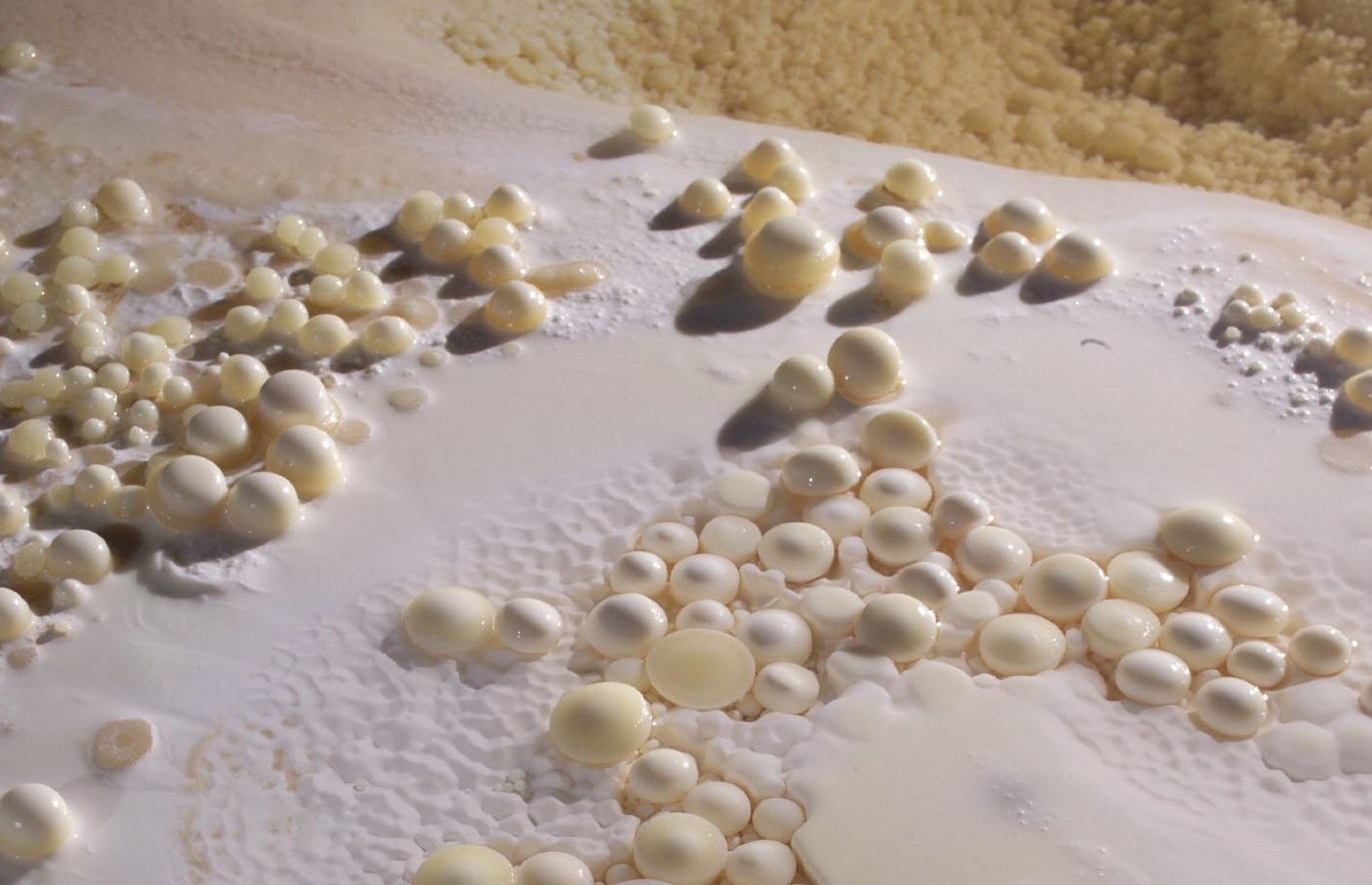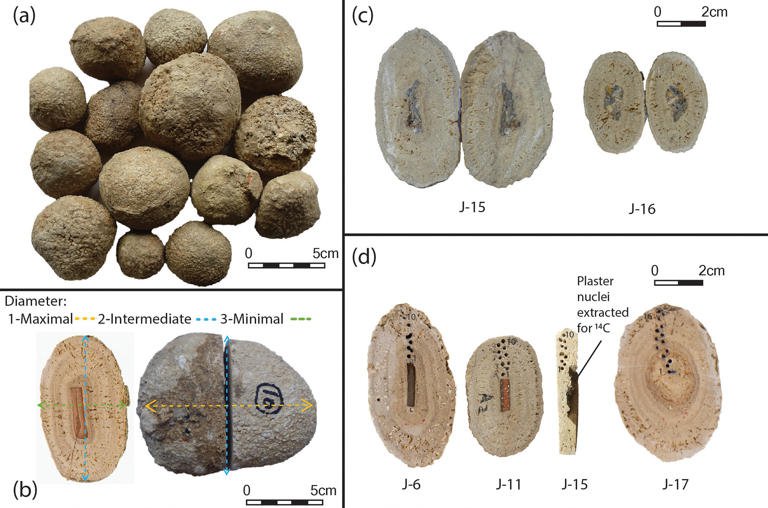Mystery surrounds 'very rare' ancient cave pearls after incredible discovery

A "unique" collection of "pearl caves" containing archaeological relics has been discovered in an ancient passageway.
The pearls in question are a sort of 'speleothem' – mineral deposits that form in caves through the action of flowing water.
.
What's particularly exciting about this discovery is that 14 of the pearls contain nuclei of pottery – including two that come from ceramic lamps – and two pearls have nuclei made of plaster.
For the first time, researchers have recorded finding relics from past civilizations inside cave pearls, claims the study.
‘Until the current research, shell pearls found in caves weren't discovered in an archaeological setting or used for archaeological studies,’ the study’s authors noted.

.
A spring tunnel is an ancient, man-made structure that was built to extract water from a water-bearing rock layer that's elevated above the surrounding ground.
The Southern Levant's spring tunnel is one of the oldest and longest in the region and is believed to have been built between around the 7th and 8th centuries BC, and might have been a part of a royal estate.
The research team weren't actually searching for cave pearls, but they stumbled upon a sealed section of the tunnel while conducting a survey in 2017.
What are 'cave pearls'?
Unlike more commonly known speleothems, such as stalactites and stalagmites, cave pearls are generally spherical in shape and tend to float free, not stuck to the floor, walls or ceilings.
Typically no wider than 30cm, they can be found in shallow water pools within limestone caves and form when layers of calcium carbonate build up around a central core, often a fragment of rock or mud speck.
In the 7-metre-long section, dug up and containing earth and junk, archaeologists discovered the pearls, along with an intact oil lamp which is believed to have come from the 3rd-4th centuries AD.
Most of the potter's kilns have since been dated back to the Hellenistic era (around 333-63BC) or the later Roman to Byzantine periods, which went from 63BC right up until the 7th century AD.
The plaster nuclei, on the other hand, were dated to around the Hellenistic period.
One of the pottery samples is believed to be older, possibly dating back to the Persian (535-333 BC) or Babylonian (586-535 BC) time periods—or even to the Iron Age.
The research indicates that the tunnels were refurbished during the Hellenistic era, with oil lamps being used as a lighting source.

But they also provide proof of the tunnels' beginning.
‘Our research backs up what we know about the tunnel being built during the Iron Age, specifically between 8-7th centuries BC.’
‘Furthermore, it provides the first dating of artefacts found in the pearls... that proves the tunnel went through a rebuilding phase during the Hellenistic period.’
.
.
Don't miss out on the biggest stories with breaking news delivered straight to your email inbox.
Posting Komentar